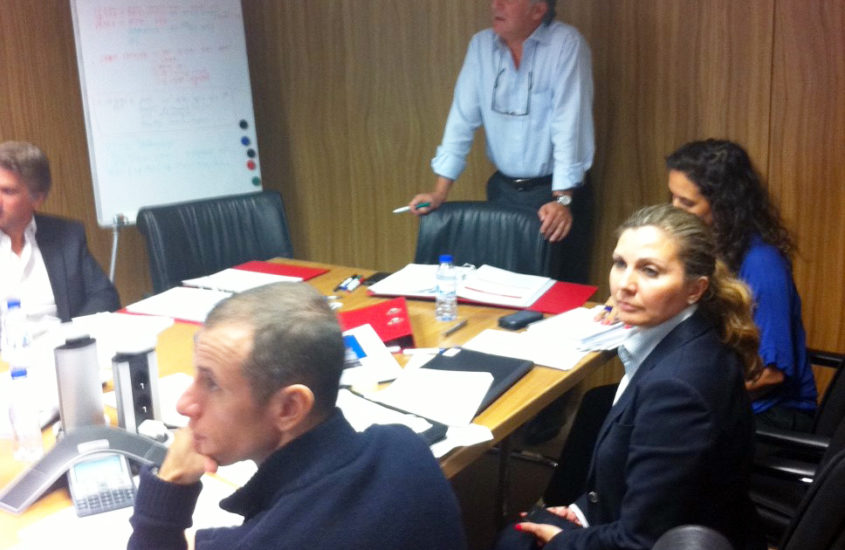Part 1: Crisis Management Organization

This is part 1 of a 12-part series describing the consequences of a typical large-scale loss of life incident. Following the framework of the 12 principles of Crisis Management, I describe these consequences and offer best practice solutions for each consequence.
Consequence 1
There is chaos in a company as they become aware of a crisis. Chaos is caused by the need to react to a sudden, unexpected and unusual event; an event that has likely caused injury or death in large numbers. There is great confusion in what has happened and who is doing what. There is a lack of accurate information, a shortage of resources, and an immediate need for direction and response. There is also a threat to the reputation of the business and individuals. These are the direct consequences of any major crisis.
Solution
The solution has to have occurred before the event. First, identify what consequences your organization will face in a crisis, not the probability of a crisis. Consequence management understands these events occur and therefore must be managed.
Secondly draft an organizational chart that identifies the management and functional response specialist (teams) that are needed to address those consequences. For businesses that could suffer large scale loss of life events, these should include: headquarters crisis management team, deployable incident management team, family assistance team, joint family support operations team, hospital support team, and non-traveling family support team, mental (psych-social) health teams, crisis communications team, investigation team, government / community liaison teams, and fatality support teams.
Thirdly, draft a set-up plan and equipment list to support specific fixed and temporary facilities. These include the headquarters crisis management center, deployable incident response center, family call center, deployable family assistance center and deployable joint media management office. This also includes drafting a plan for each functional area (each of the 12 Principles). These plans should include simple equipment lists and room diagrams, as well as simple instructions for specialist or rarely used equipment.
Fourth, draft job checklists. There should one for each position and team, along with what resources – personal equipment, team equipment, and contracted support – are needed and how to access those resources. Each team should have procedures and equipment. They will often function independently, but in a coordinated manner.
Finally, assign people to their roles, then practice and train. Crisis management roles are not for every person. It is important to pick the right person for the right job. Identify not only the needed skill set, but also most importantly, match the person’s aptitude for key roles.
Don’t underestimate the importance of corporate buy in. A well-trained leadership team, acting in a crisis management center, can immediately react and simultaneously activate and manage multiple functional areas in several diverse geographical locations. But this requires horizontal response organization, with some depth. Functional leaders have to coordinate with each other, understand everyone’s roles and be empowered to take action.
Example
Here is an example of a crisis management center team organizational chart, as well as a diagram and equipment list for a crisis management center. They are written and laid out for quick and easy understanding. This is the same way that well prepared airlines, cruise companies and others follow, it is also the structure that Kenyon has used very successfully.


